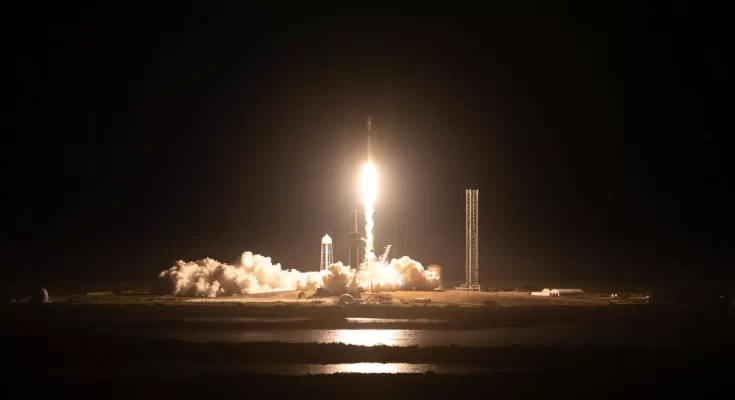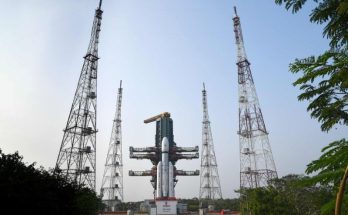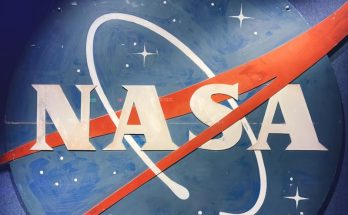America makes history when its commercial lunar lander touched down on the moon Thursday in half-century
Since Apollo 17 mission in 1972 craft, no other American craft had landed on the moon
Initially a weak signal caused a glitch, until flight controllers gained better communication.
Built by Intuitive Machine, the Nova-C lander, nicknamed Odysseus, reached the lunar surface at approximately 6:23 p.m. ET,
“What we can confirm, without a doubt, is our equipment is on the surface of the moon,” mission director Tim Crain reported telling the crew in the Houston control center, followed by a round of applause.
Your order was delivered… to the Moon!  @Int_Machines‘ uncrewed lunar lander landed at 6:23pm ET (2323 UTC), bringing NASA science to the Moon’s surface. These instruments will prepare us for future human exploration of the Moon under #Artemis. pic.twitter.com/sS0poiWxrU
@Int_Machines‘ uncrewed lunar lander landed at 6:23pm ET (2323 UTC), bringing NASA science to the Moon’s surface. These instruments will prepare us for future human exploration of the Moon under #Artemis. pic.twitter.com/sS0poiWxrU
— NASA (@NASA) February 22, 2024
The spacecraft is “upright and starting to send data,” Intuitive Machines confirmed in a post on X and the crew had started to work on accessing data that will provide the first images from the lunar surface.
At 1:05 a.m. EST on Thursday, Intuitive Machines’ Nova-C lander launched on a SpaceX Falcon 9 rocket from Launch Complex 39A at the agency’s Kennedy Space Center in Florida.
At approximately 1:53 a.m., the lander deployed from the Falcon 9 second stage.
“NASA scientific instruments are on their way to the Moon…These daring Moon deliveries…are supporting a growing commercial space economy…the strength of American technology and innovation….learn through CLPS flights…of human exploration for the Artemis Generation,” NASA Administrator Bill Nelson was reported to say.
NASA instruments will measure the quantity of cryogenic engine fuel as it is used during its enroute to the Moon.
Once on the Moon, NASA instruments will focus on investigating space weather/lunar surface interactions and radio astronomy, carrying retroreflectors to a network of location markers on the Moon for future autonomous navigation technologies to communicate and navigate.
During descent toward the lunar surface, NASA instruments will collect data on plume-surface interactions and test precision landing technologies.
— NASA (@NASA) February 22, 2024
The spacecraft is “upright and starting to send data,” Intuitive Machines confirmed in a post on X and the crew had started to work on accessing data that will provide the first images from the lunar surface.
At 1:05 a.m. EST on Thursday, Intuitive Machines’ Nova-C lander launched on a SpaceX Falcon 9 rocket from Launch Complex 39A at the agency’s Kennedy Space Center in Florida.
At approximately 1:53 a.m., the lander deployed from the Falcon 9 second stage.
“NASA scientific instruments are on their way to the Moon…These daring Moon deliveries…are supporting a growing commercial space economy…the strength of American technology and innovation….learn through CLPS flights…of human exploration for the Artemis Generation,” NASA Administrator Bill Nelson was reported to say.
NASA instruments will measure the quantity of cryogenic engine fuel as it is used during its enroute to the Moon.
Once on the Moon, NASA instruments will focus on investigating space weather/lunar surface interactions and radio astronomy, carry retroreflectors to a network of location markers on the Moon for future for future autonomous navigation technologiies to communicate and navigate.
During descent toward the lunar surface, NASA instruments will collect data on plume-surface interactions and test precision landing technologies.




